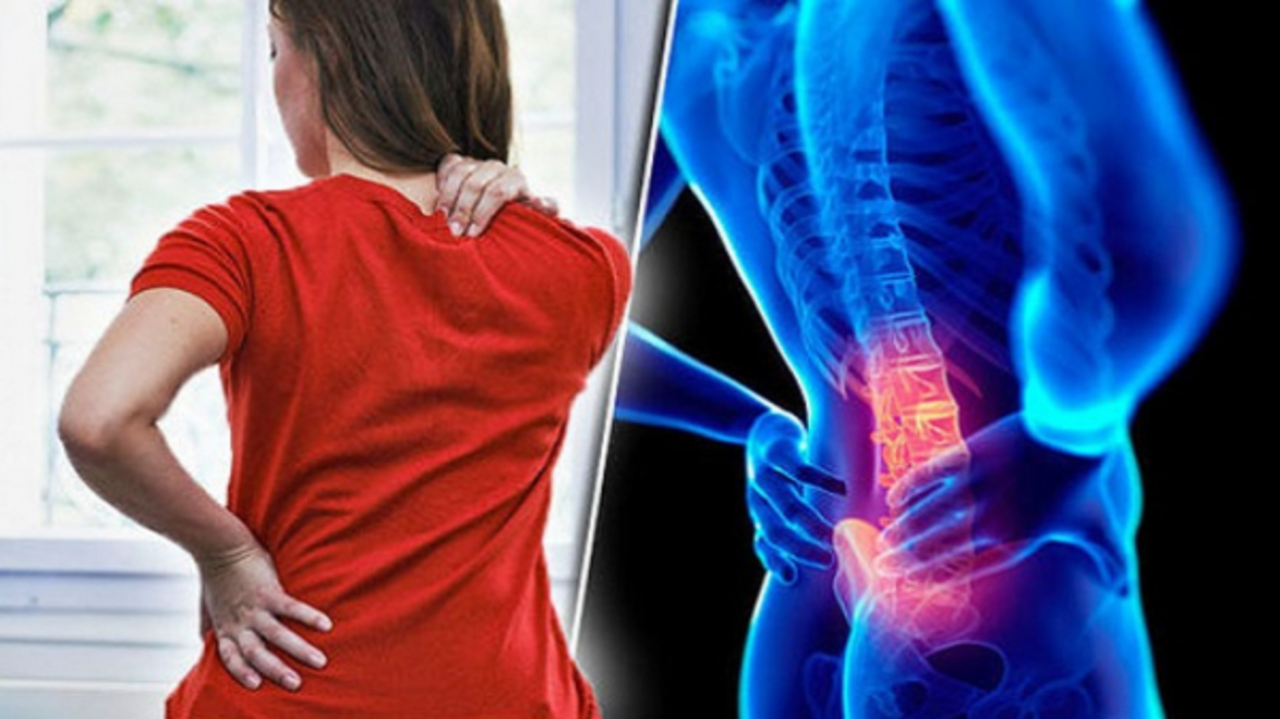Back Pain Relief You Can Use Today
Woke up with a stiff lower back or felt a twinge after lifting something heavy? Start with a few simple moves before panicking. Stop the activity that caused the pain, take a short walk to loosen tight muscles, and use ice for the first 48 hours (15–20 minutes every 2–3 hours) to reduce swelling. After two days, switch to heat to relax muscles and improve blood flow.
If standing or sitting hurts, try lying on your back with a pillow under your knees or on your side with knees slightly bent. These positions reduce pressure on spinal discs and make rest more comfortable. Avoid long bed rest—gentle movement speeds recovery.
Daily habits that actually cut back pain
Fixing pain means changing daily habits. At your desk: sit with your feet flat, hips slightly higher than knees, and use a small lumbar roll or rolled towel to support the lower back. Stand up every 30–45 minutes and walk for a minute or two. For lifting, squat with your hips and knees, keep the object close to your body, and avoid twisting.
Stretching and simple strengthening help a lot. Do these 10–15 minutes daily: hamstring stretch (seated or standing), knee-to-chest stretch, hip-flexor stretch (lunge hold), and a gentle cat–cow on hands and knees. Add core-strength moves like dead bugs and bird-dogs to stabilize the spine. Start slow—10–12 reps, 1–2 sets—and increase as pain allows.
Sleep matters. Try a medium-firm mattress and sleep on your side with a pillow between your knees, or on your back with a pillow under your knees. Good shoes and even small weight loss can reduce strain if you carry extra pounds.
Medications, treatments, and when to see a doctor
For short-term pain, over-the-counter NSAIDs (ibuprofen, naproxen) or acetaminophen can help—follow the label and avoid mixing without advice. Topical creams or patches with menthol or NSAIDs can reduce pain without systemic effects. Muscle relaxants are sometimes prescribed for severe spasm but only short-term. Avoid opioids unless a doctor says they're necessary.
If pain doesn’t improve in 4–6 weeks, is getting worse, or comes with numbness, leg weakness, fever, unexplained weight loss, or trouble controlling bladder/bowels, get medical help right away—these are red flags. A doctor may recommend physical therapy, targeted injections, or imaging to find a specific cause. Surgery is rarely needed and is reserved for clear structural problems or progressive neurological symptoms.
Buying meds online? Use licensed pharmacies, require a prescription for prescription drugs, check reviews, and avoid sites with extremely low prices or no contact info. Physical therapy and guided exercise programs give long-term benefit, so consider them early instead of repeating short-term fixes.
Small, consistent changes—moving more, fixing posture, daily stretches, and smart use of pain relievers—usually cut back pain a lot. If you’re unsure what to do next, talk to your healthcare provider for a clear, safe plan.

How to Prevent Backache During Long Drives
During my long drives, I've found that preventing backache is essential for a comfortable and enjoyable journey. One helpful tip is to maintain a proper posture while driving and adjusting the seat accordingly. Taking regular breaks to stretch and walk around also helps in reducing the strain on the back. Additionally, using lumbar support cushions and adjusting the steering wheel position can further alleviate back discomfort. Lastly, remember to stay hydrated and maintain a healthy lifestyle to keep your back muscles strong and flexible.
